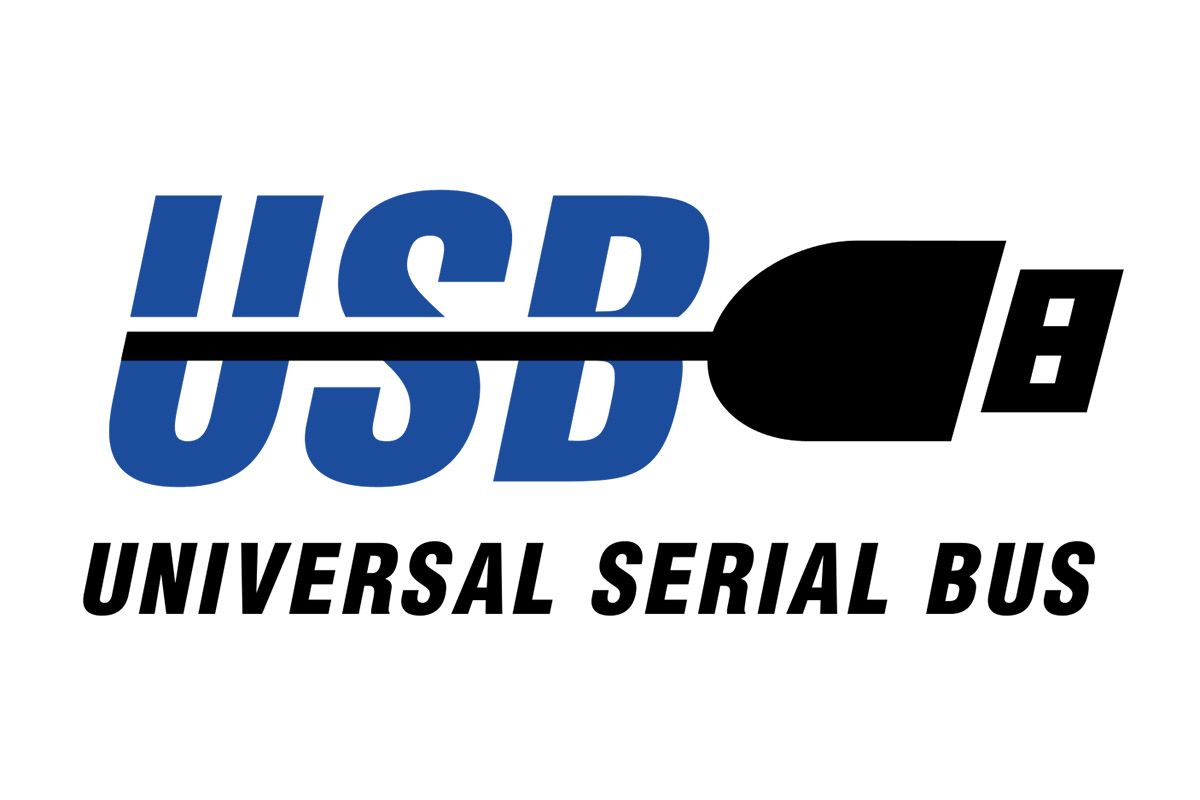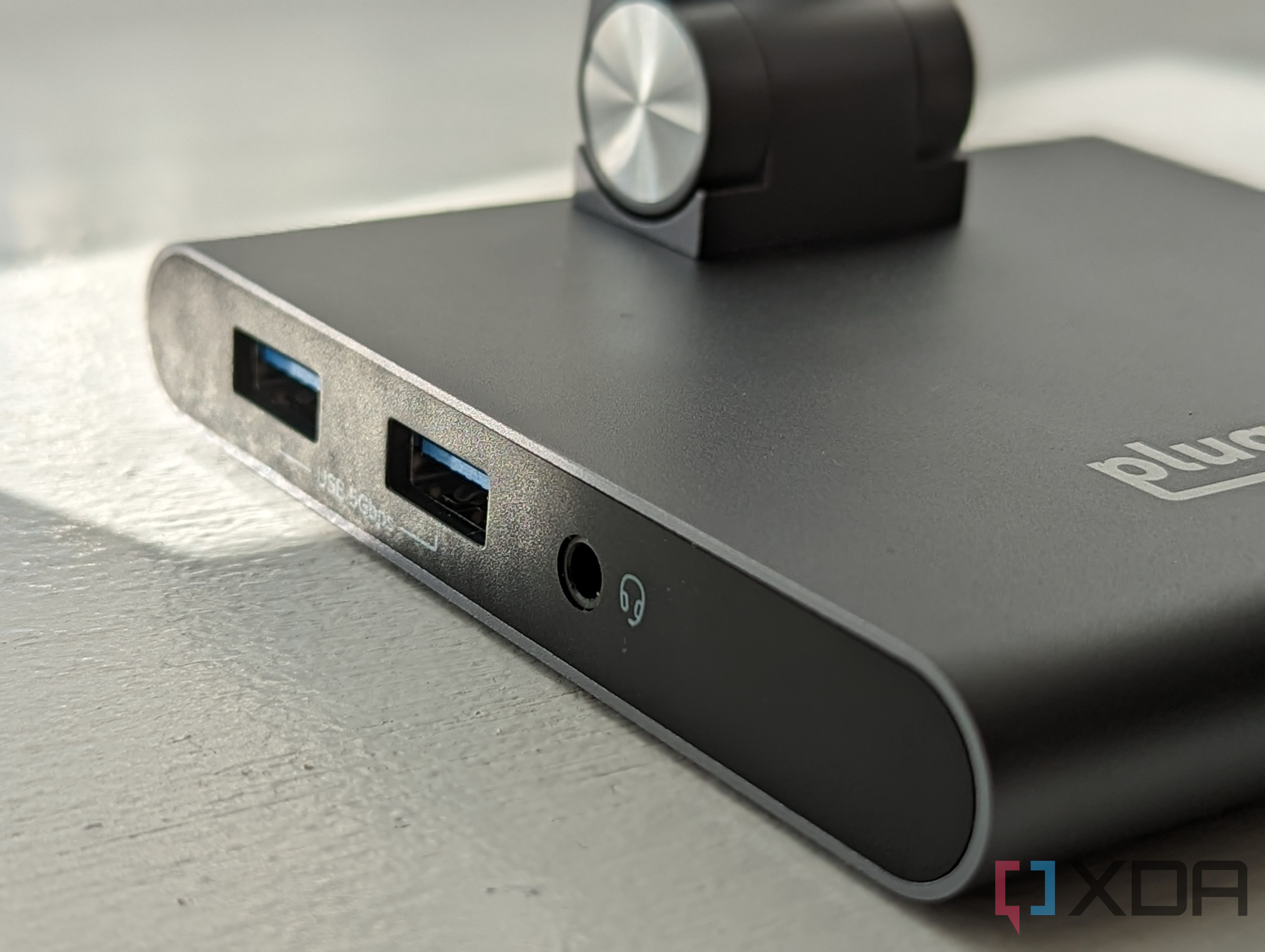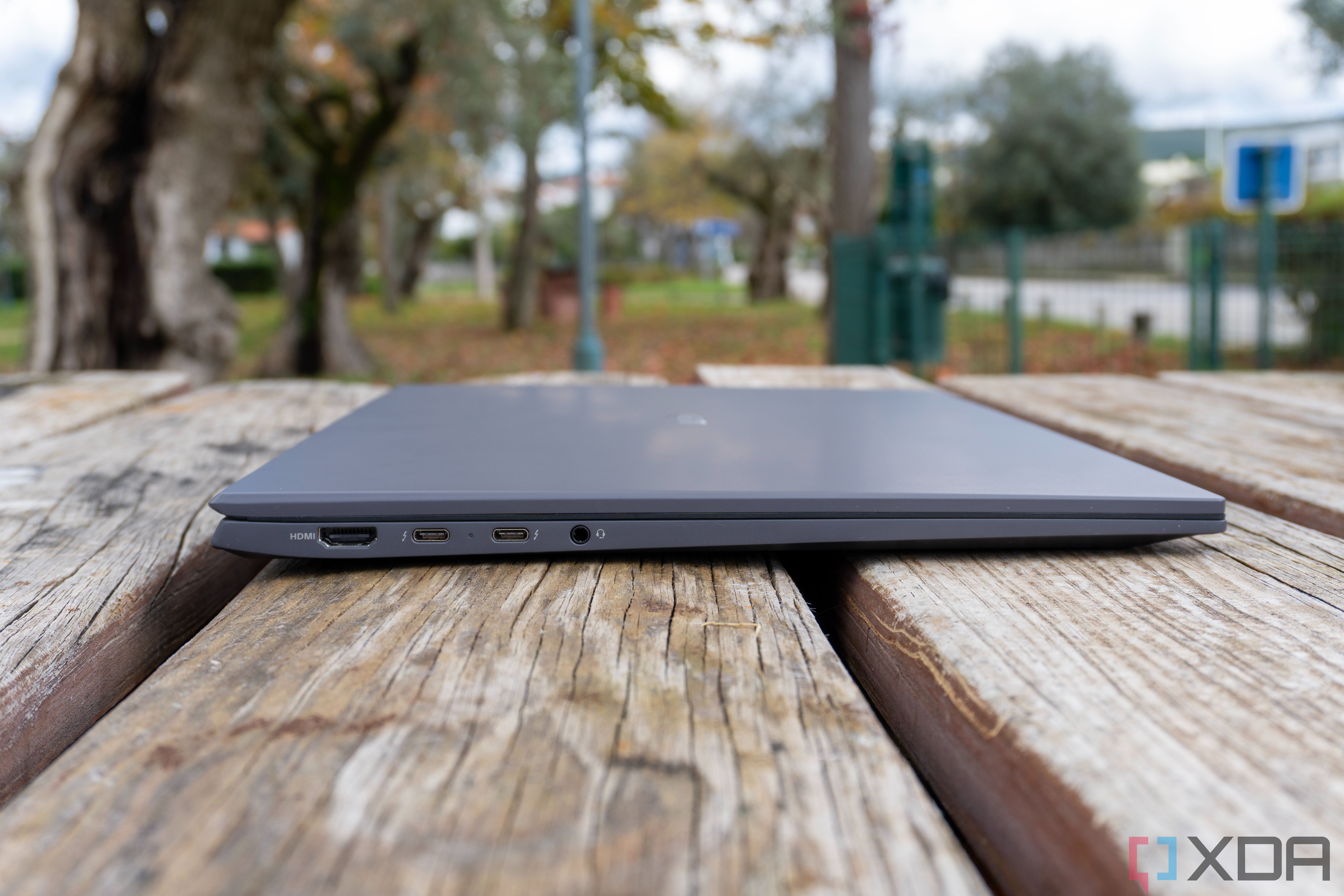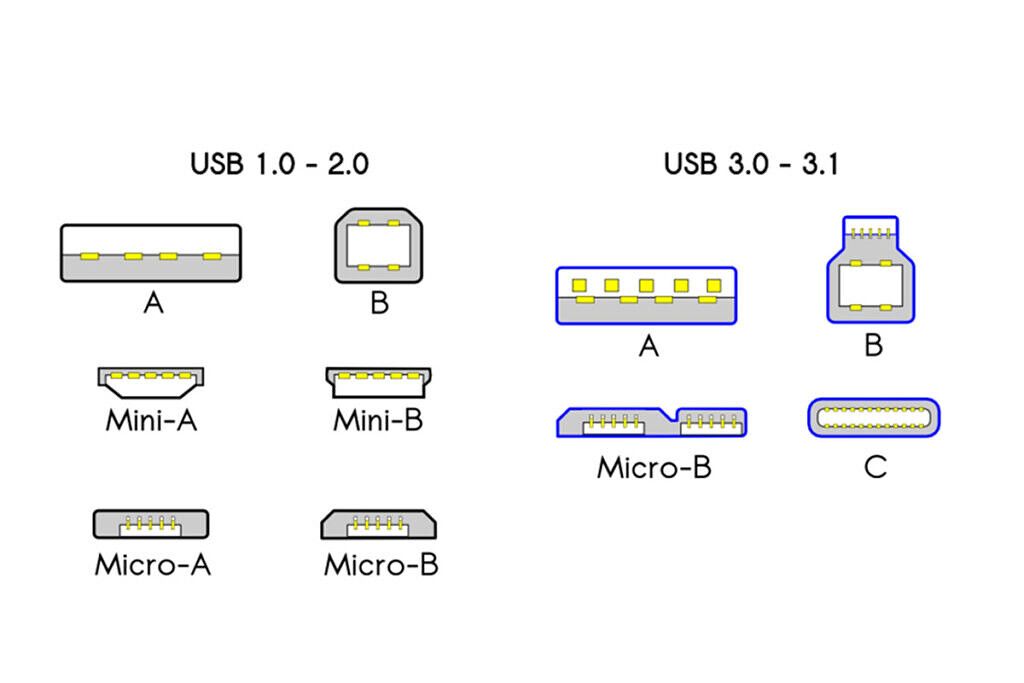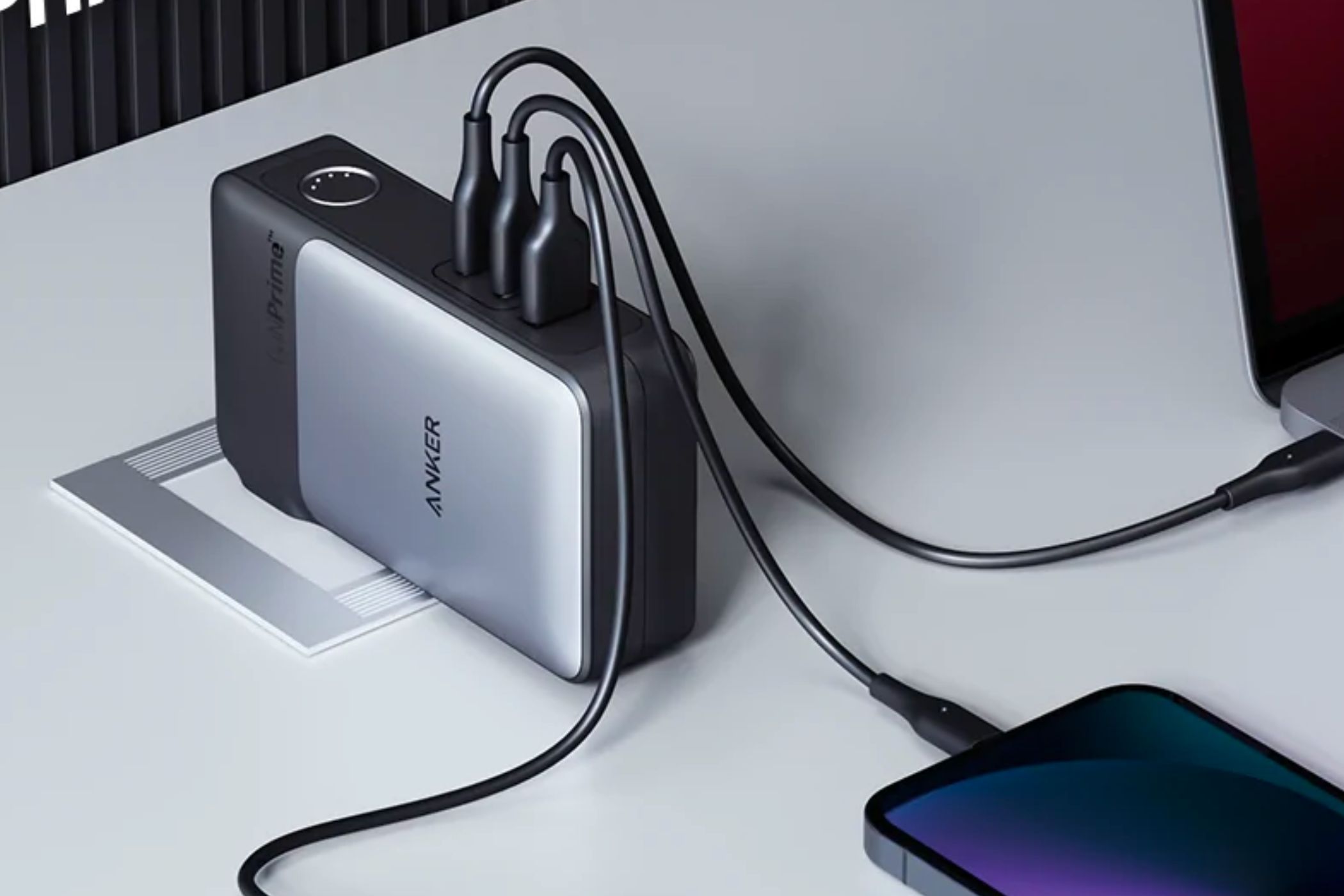USB or ‘Universal Serial Bus’ is one of the oldest and most popular interfaces today. While it was initially introduced as a computer port, it is now seen on almost every single piece of tech including smartphones, gaming consoles, cameras, etc. in some form or the other. The main objective of making USB was to provide a standardized connection of peripherals to PCs. Today, USB stands true to its name, thanks to its wide acceptance and a broad variety of supported hardware and software. Let's take a look at the brief history of USB as well as list all the various types of connectors and standards.
How did USB come into existence?
It began 30 years ago
The development of USB began in 1994 with the aim to make a single connector that could basically replace a number of connectors seen on PCs. The purpose of USB was also to bring a more simple software configuration of all devices that could connect through USB, to allow faster data rates for external devices, and to address the usability issues of existing interfaces. USB was not a one-man invention though. It was a group effort that included a total of seven companies namely Compaq, DEC, IBM, Intel, Microsoft, NEC, and Nortel. The team led by Ajay Bhatt worked on the standard at Intel and the first integrated circuits supporting USB were produced in 1995.
USB 1.0
The first specification called USB 1.0 made its debut in January 1996 offering data transfer speeds of 1.5 Mbps (Low Speed) and 12 Mbps (Full Speed). The decision to add two-speed configurations was taken so that it could support both high-speed devices like printers and disk drives as well as low-cost peripherals like keyboards and mice. USB 1.1 was actually the first widely used specification as it made its first appearance on the Apple iMac in September 1998. A variety of manufacturers followed Apple and started producing legacy-free PCs with USB ports.
USB 2.0 and USB 3.0
In April 2000, the USB 2.0 specification was announced after getting consent from the USB Implementers Forum (USB-IF). It was made available in 2001. Hewlett-Packard, Intel, Lucent Technologies (Nokia), NEC, and Philips pushed for higher data transfer rates, where the new standard brought speeds of up 480Mbps. We then saw USB 3.0 publish on Nov. 12, 2008, to further increase data transfer speeds to up to 5Gbps, which was also called SuperSpeed. The new standard also focused on decreasing power consumption, increasing power output, and providing backward compatibility with USB 2.0. The first set of devices featuring USB 3.0 came out in January 2010.
USB 3.1 Gen 1 and Gen 2
The USB 3.1 specification was first announced in July 2013 and this is where things started to get a bit confusing. It was launched in two versions, USB 3.1 Gen 1 and USB 3.1 Gen 2. While the first one retained USB 3.0's 5Gbps (SuperSpeed) transfer mode, Gen 2 introduced SuperSpeed+ transfer mode with a maximum data signaling rate of 10Gbps. In September 2017, the USB 3.2 specification was published which yet again brought a change in the naming scheme. USB 3.2 Gen 1 was actually the same as USB 3.1 Gen 1, USB 3.2 Gen 2 was the new USB 3.1 Gen 2 and USB 3.2 Gen 2x2 was the newest and fastest offering speeds at up to 20Gbps.
USB4 and USB4 Version 2.0
The latest standard is officially called USB4 (not USB 4 for whatever reason) and was introduced in 2019 with the first USB4 devices arriving in 2021 and 2022. Things got pretty confusing with USB 3.1 and 3.2 and the whole Gen 1 and Gen 2 terminology, and USB-IF is trying to undo that with USB4, the marketing for which will hinge on its data transfer speed and not what version it is. USB4 comes in two flavors: 20Gbps and 40Gbps, and USB-IF is hoping manufacturers will brand their USB devices with the speeds rather than just USB4.
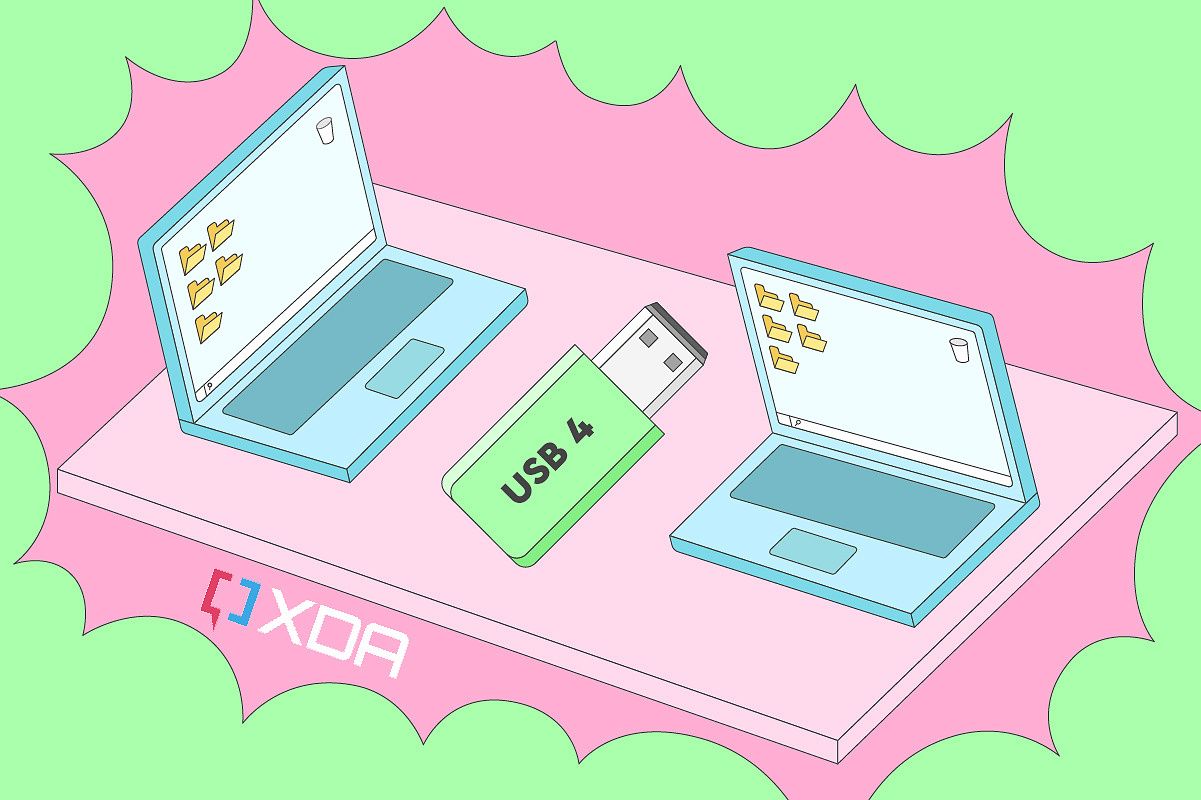
Best USB4 laptops in 2024
Looking for a new laptop that supports the new USB4 standard? We've rounded up the best USB4 laptops you can buy right now.There's one additional point to USB4: Thunderbolt. The foundation of USB4 is Intel's old Thunderbolt 3 protocol, and naturally, USB4 is somewhat compatible with Thunderbolt — emphasis on somewhat. USB4 devices and cables can be either 20Gbps or 40Gbps while Thunderbolt 4 requires 40Gbps, so not all USB4 ports and cables may be equivalent to Thunderbolt.
USB4 Version 2.0's specification was released late in 2022 (making USB even more confusing for everyone), and increases USB4's bandwidth from 40 to 80Gbps, with an optional 120Gbps mode that only works in one direction, leaving the other direction with just 40Gbps of bandwidth. This 120Gbps mode is useful for situations where one side of the connection needs to receive much more data than the other, like using a high-resolution display that needs lots of data to show a fully detailed image. We expected USB4 2.0 devices to come out in late 2023 at the earliest, but there's still no sign of them yet.
Thunderbolt
Unlike the USB standard, which prides itself upon universality and acceptance as a "standard," Thunderbolt is a standard that is developed and licensed by Intel. However, Thunderbolt 3 was basically given to USB-IF and was used to create USB4, so now the relationship between the two is murky. It is a cross-platform data and power transfer standard, but devices need to be certified for use with this standard, and Intel's standards are much more stringent than USB-IF's.
The Thunderbolt protocol is often found in laptops and sometimes desktops, and can be used to connect DisplayPort-compatible devices including external monitors as well as PCI Express (PCIe) peripherals including external graphics cards, hard drives, Wi-Fi or Ethernet connectors, over a USB-C port. The current generation of the protocol – Thunderbolt 4 – supports upstream or downstream bandwidths of up to 40Gbps. Compared to the last generation Thunderbolt 3, the new version brings improved 4K display support (from one 4K monitor to two), double the PCIe bandwidth, and guarantees 40Gbps of bandwidth, which was optional for Thunderbolt 3.
The next generation of Thunderbolt is on the horizon.
So there's USB and Thunderbolt, and USB4 is based on Thunderbolt 3, which was succeeded by Thunderbolt 4. If you're confused, we don't blame you. What you need to know is that USB4 doesn't guarantee much in the way of performance while Thunderbolt 4 promises more. While USB4 is based on Thunderbolt 3, that doesn't mean every USB4 device, port, and cable will have the same features and performance as any Thunderbolt 3 or 4 connection.
To make things even more confusing for consumers, Thunderbolt 5 is here now, too, after being launched in September 2023. It brings up to 120Gbps transfer speeds, though 80Gbps is the speed for devices that need equal amounts of bandwidth in both directions. Devices can have 120Gbps of bandwidth in one direction in exchange for having just 40 in the other, like USB4 2.0. That's useful for displays and perhaps even storage devices.
Thunderbolt 5 hasn't shipped in any products yet, but Intel has said to expect products using the standard in 2024. It requires a discrete chip and isn't packed as a part of Intel's CPUs this time around, and Thunderbolt 4 is still expected to stick around for a while. Thunderbolt 5 is primarily aimed at enthusiasts.
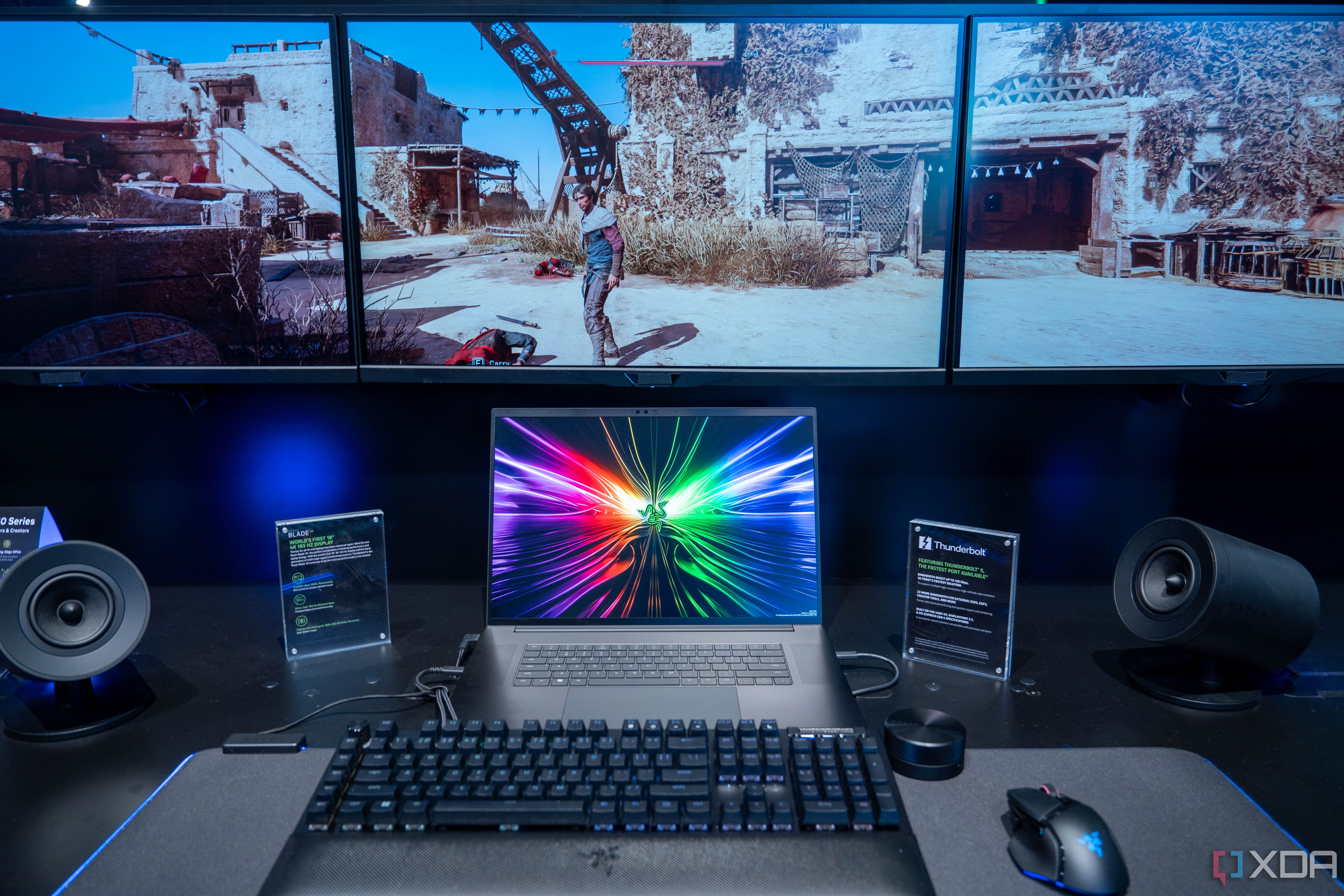
Thunderbolt 5: Everything you need to know
Intel is working on the next generation of Thunderbolt with even faster data rates, although there's a lot we still don't know.USB connectors and ports
You'll know most of these
Before we talk about the various types of USB ports and connectors, let's talk about the difference between the connector and the port. The port is what you have on your device like a smartphone or PC. It is where you plug in a cable or external device, say a thumb drive. The connector is usually seen on the cable itself that plugs into the port. This means you need a matching port for the connector to plug-in. One also needs to understand that a USB standard relies on the connector and port combination. The newer the port/connector, the newer standard it can adopt. Having said that, there are cases where manufacturers implement older USB standards to newer ports/connectors to save costs.
USB-A
The very first flat, rectangular connector is still a common sight on devices like PCs, gaming consoles, TVs, etc. It has served well over the years to transfer data and power efficiently and currently offers the USB 3.2 standard. It has seen upgrades in terms of bus lanes and transfer speeds but overall, the design has remained the same.
USB-B
USB-B is not that common anymore but you might still see this port on large devices, like scanners or printers as well as on certain audio devices. The port has a squarish look while the other side of the cable would most likely have a USB-A port to connect to a PC.
Mini-USB
Now, this was a smaller port but it was based on the USB-B port. It was primarily used for charging and transferring data from devices like cameras and MP3 players, although it isn’t very common anymore. There was a Type-A version as well, but both were soon taken over by a smaller version, the micro-USB.
Micro-USB
Micro-USB was one of the most popular USB ports thanks to its adoption in smartphones, tablets, and a variety of other portable gadgets and accessories. While it is being phased out in favor of the USB-C port, you can still find a variety of devices that still rely on the port.
USB-C
This is the current standard and is finally the first USB port that you can plug correctly in one go as it is reversible. Apart from offering faster data and power delivery speeds, it also offers display connectivity making it the perfect universal port. You can see this port on almost every new-age device from smartphones, laptops, tablets, headphones, and so on. It has the potential to deliver 140W of power, making it suitable for charging a wide range of devices including laptops. This is also the new-age connector for the Thunderbolt standard offering up to 120Gbps transfer speeds and 4K video output.
Power Delivery
Smartphones and laptops support this standard
Now apart from transferring data, USB has been used for charging devices as well. Up until USB 3.1, the maximum power one could get was 5V/900mA over USB Type-A. This was followed by USB Fast Charge, a new standard that increased speeds to 5V/1.5A. These charging speeds were suitable for small devices and certain smartphones as well. However, with the improvements in technology and a requirement for much higher battery charging speeds, USB-IF introduced USB Power Delivery, now version 3.1. It has become an industry-standard open specification that can provide high-speed charging with up to 240W with the latest 3.1 updates, depending on the device. This can be used to charge anything from smartphones to laptops using the USB-C connector on both ends.
USB Power Delivery 3.2 was specified in October 2023, but we don't expect devices to hit the market for quite a while.
The USB port is finally living up to its name. After going through various revisions over the year in terms of hardware and software, we can now say that the USB (thanks to Type-C) is indeed a universally accepted standard. Not only can it deliver data and power at fast speeds, one can even use it to input or output video. No wonder even Apple is slowly moving away and replacing its Lightning connector with USB Type-C.

